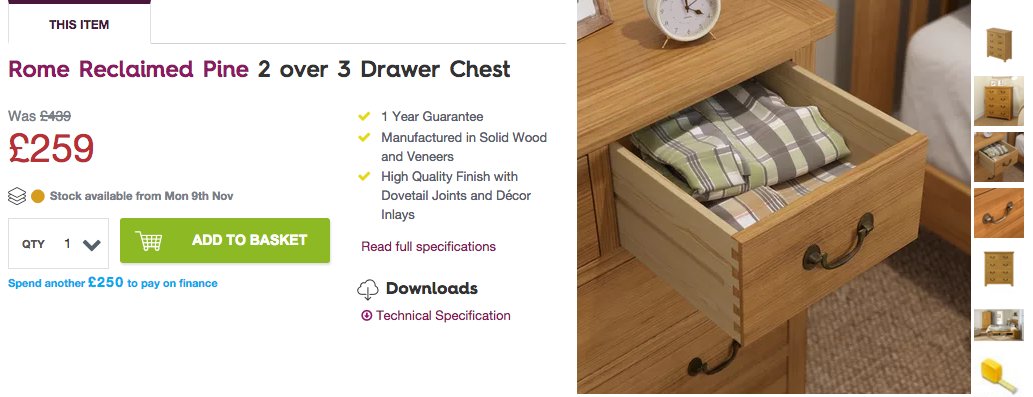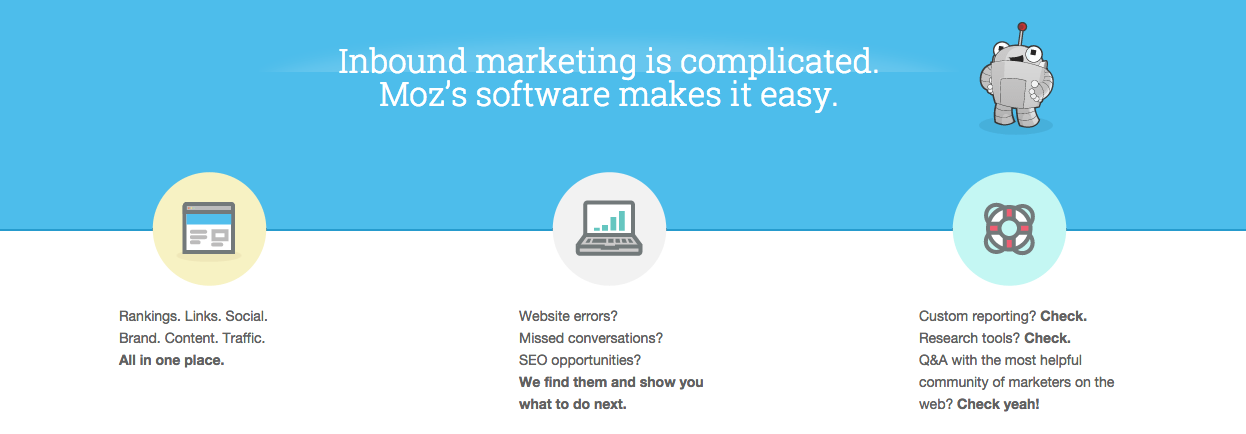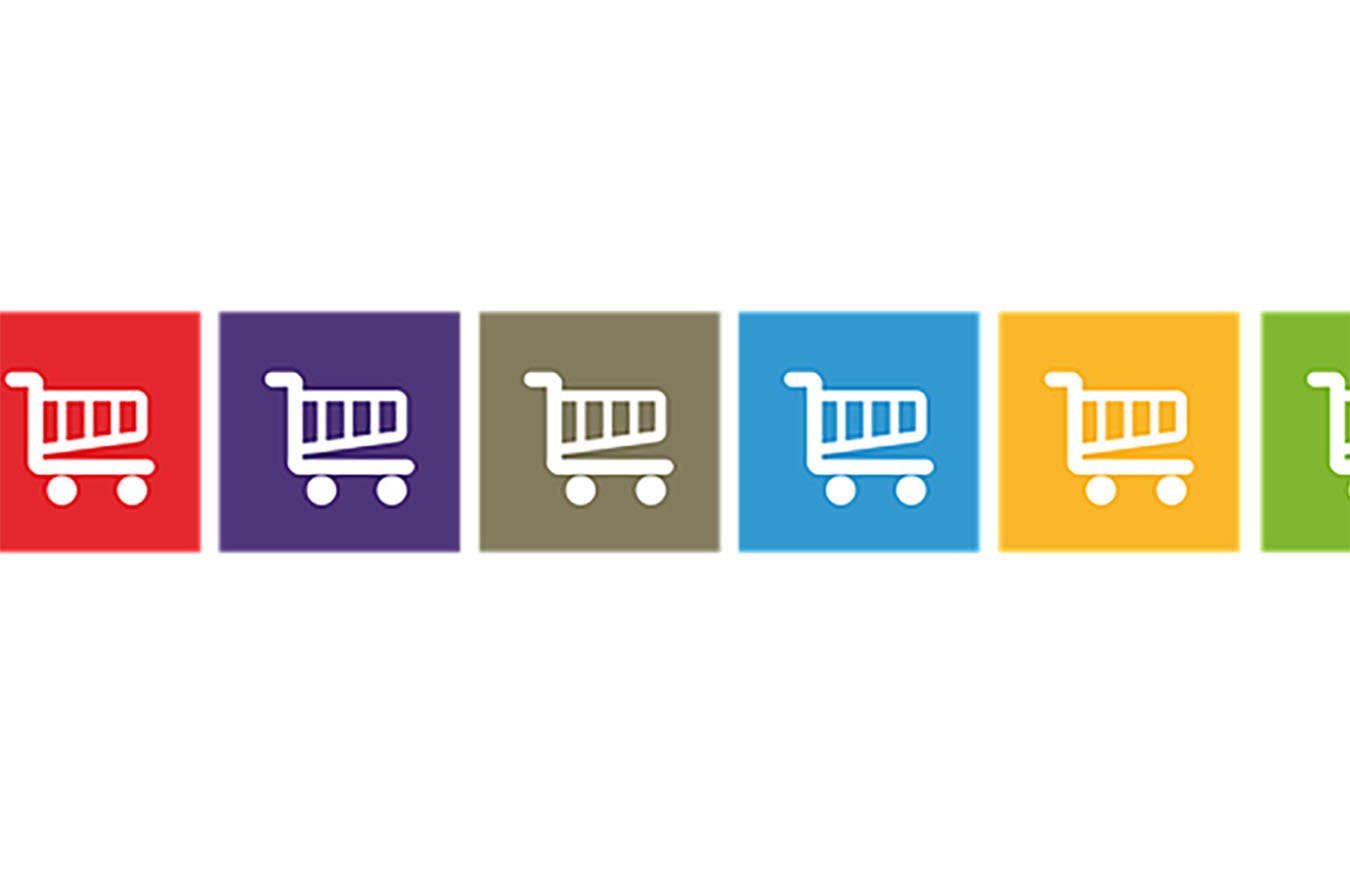The American Customer Satisfaction Index (ACSI) released their 2014 Industry Customer Experience Benchmarks report, which showed that in the area of “Availability of Merchandise (inventory in stock)†retail department and discount stores’ average rate was 79, or a grade of “C+.†And “Website Satisfaction†was no better, coming in at 76 out of a possible 100.
Needless to say, there’s room for improvement. At the same time, within this space lies an opportunity to stand out above the crowd. For retailers to use their ability to deliver superior customer service to their competitive advantage. Along with employing friendly and knowledgeable staff, offering convenient operating hours, and delivering an efficient ecommerce experience, how well you control your inventory can play a key part in improving on your customer service offering.
-
“In Stock†across all channels equals happy customers
You invest a lot of time and money to get customers to your store, whether it’s your brick and mortar shop or online. When they’re ready to buy, you need to deliver, because more often than not, they’ll not be back to give you another chance. To prevent sales loss and keep customers happy, it’s crucial that your merchandise availability is up to par. That you have the desired models, colors, and sizes in stock that people want to buy.
This is when you turn to a retail management platform to produce product sales reports that provide the intelligence on what, when, and how much you need to keep in stock to meet demand. Filter products by seasonal versus traditional stock, and factor in your supplier lead times. Setting pre-order quantities with your suppliers in advance will help to automate this process, so when your stock gets low, it automatically generates to purchase orders..
For multichannel suppliers, a cloud-based retail platform is especially vital in managing all these processes and more. With all your channels connected, your on hand inventory is reflected on each. When a customer has made a purchase on your eBay store, for example, inventory for that product(s) is updated and reflects automatically within your in-store, Amazon, and ecommerce inventory. For your online customers, they’ll see their desired item is in stock and ready to ship their way.
-
Allocate stock to deliver on your order promise
Let’s now dive deeper into what happens after a sale. As an example, a customer has placed an order for a woman’s blue rain coat in medium on Amazon. A retail platform will then ‘earmark’ that particular raincoat in inventory, removing that quantity ordered from the ‘on hand’ inventory. This ensures it gets to that customer and isn’t sold to another customer. The blue raincoat is still technically ‘in stock’ because it sits in your warehouse. When the shipment is processed in the warehouse and the coat goes out the door, then the ‘in stock’ inventory level for that product is automatically updated.
This is also important for wholesalers. If a retail shop has ordered specific quantities of women’s raincoats in various sizes and colours, then stock is allocated for each based on that order. When those products arrive in your warehouse from your supplier, they’re already assigned for shipment to that retail store, enabling you to deliver on your promise and stay in good standing with your retail customer.
-
Receive new orders promptly
While being expedient when it comes to shipping product to customers is centre to quality service, it’s as important to receive stock from suppliers quickly and efficiently. Relying on your retail platform’s inventory control system will help you keep everything straight – especially during times of receiving multiple deliveries from multiple suppliers simultaneously – while keeping your stock numbers accurate.
A smooth receipt process in place is also key for stock allocations, enabling a quick turnaround time from receipt to customer shipment. It also means that the quicker you record your receipts and stock levels are updated, the better able you are to meet demand.
-
Process returns efficiently
An essential aspect to providing quality customer service is exceeding the customer’s needs and anticipating expectations. You can accomplish this by offering an expedient and smooth return policy and process, especially if they’ve ordered product online.
If your customer is returning a product for exchange, tracking that return from receipt of the item to the shipment of the new item can all be done within the retail platform. Keeping good control of your inventory levels ensures you have the item in stock that they do desire. Once the product is received back into inventory, it may be just what another customer desires, and is now ready to be sold.
-
Drop ship with ease via direct inventory feeds
Sometimes there are items that just don’t sell on a consistent basis, so it doesn’t make sense to keep them in stock all the time. But you still like to offer them for sale since they complement your line. Drop shipping those items direct from the supplier to your customer may be a viable way to have your cake and eat it too. It allows for better service by offering a wider breadth of products, plus speedier delivery to the customer but without the overhead of keeping it in stock.
Having direct inventory feeds into your retail platform from your supplier enhances your ability to take advantage of drop shipping. It will reflect back into your system what your supplier has in inventory, which can then appear within your sales channel as available inventory to sell. If your supplier is out of stock, it also shows as out of stock to your customer until your supplier’s stock is once again available. This prevents you from selling products you can’t deliver.
Keep in mind that direct feeds typically update once a day, so keep a close eye on sales of product that are marked for drop shipping so you’re working with the most up-to-date inventory data.
In the highly competitive retail market, with customer’s ability to switch to another company at the drop of a feathered hat, keeping shoppers happy and coming back to your store is essential to your success.
These five tips will get you on your way to utilizing inventory best practices to increase customer satisfaction. To learn more download our free white paper “12 Tips for Taking Control of Inventory Control.â€
This guest post was written by Brightpearl. Brightpearl are a partner of Creare who provide multichannel retail management software.











